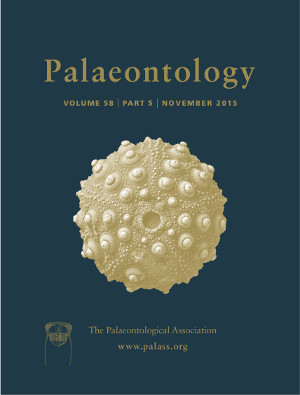Reg. Charity No. 1168330

Patterns of last occurrences of fossil species are often used to infer the tempo and timing of mass extinction, even though last occurrences generally precede the time of extinction. Numerical simulations with constant extinction demonstrate that last occurrences are not randomly distributed, but tend to cluster at subaerial unconformities, surfaces of forced regression, flooding surfaces and intervals of stratigraphical condensation, all of which occur in predictable stratigraphical positions. This clustering arises not only from hiatuses and non‐deposition, but also from changes in water depth. Simulations with intervals of elevated extinction cause such clusters of last occurrences to be enhanced within and below the interval of extinction, suggesting that the timing and magnitude of extinctions in these instances could be misinterpreted. With the possible exception of the end‐Cretaceous, mass extinctions in the fossil record are characterized by clusters of last occurrences at these sequence stratigraphical horizons. Although these clusters of last occurrences may represent brief pulses of elevated extinction, they are equally likely to form by stratigraphical processes during a protracted period (more than several hundred thousand years) of elevated extinction rate. Geochemical proxies of extinction causes are also affected similarly, suggesting that many local expressions of mass extinction should be re‐evaluated for the timing of extinction and its relation to environmental change. We propose three tests for distinguishing pulses of extinction from clusters of last occurrences produced by stratigraphical processes.